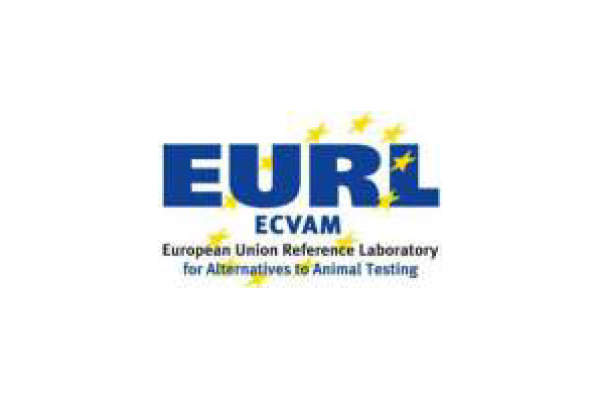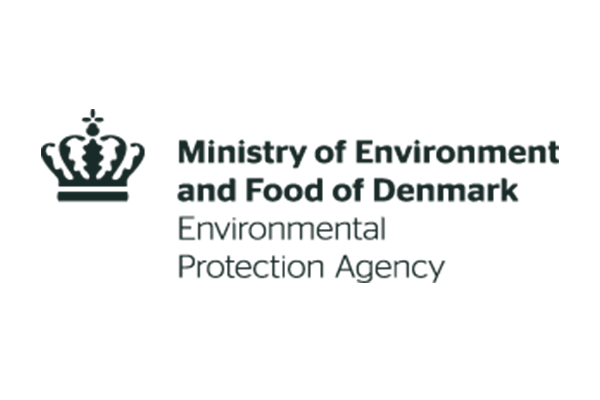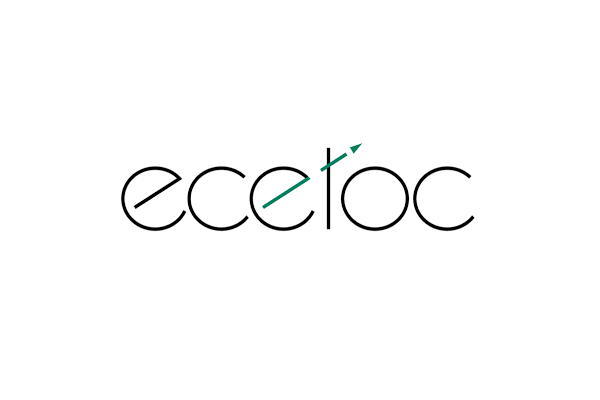Goal
The OECD QSAR Toolbox is a software designed to support hazard assessment of chemicals as well as to increase mechanistic and other knowledge on chemical substances in a cost-efficient way. As a freely available computational tool, it promotes the use of assessment methods alternative to animals and minimizes unnecessary animal testing without reducing the safety of human health and environment. It is intended to be used by governments, chemical industry and other stakeholders.
At a glance, computational tools reduce the use of animals in laboratory tests, reduce the cost for testing and increase the number of chemicals which are assessed for their effects upon human health and the environment. The toxicity of substances can be predicted even before they are produced, facilitating sustainable product development and green chemistry.
The functionalities of the OECD QSAR Toolbox serve users with sufficient understanding of (eco)toxicology as a decision support system for hazard assessment:
- Prevent duplication of animal tests. When existing high quality data are found, there is no need to duplicate the test.
- Intelligent testing strategies. By forming categories and identifying data gaps, informed testing strategies can be designed to optimize costs and number of animals required.
- Predict toxicity using a category approach. The Toolbox results can be used for data-gap filling and as supporting evidence for read-across cases.
- Sustainable development and green chemistry. The toxicity of substances can be predicted even before they are produced, facilitating sustainable product development and green chemistry.
Software validation and supplier qualification
The entities involved in the development of the QSAR Toolbox project (ECHA, OECD, or LMC) are not considered suppliers. They do not have any contractual agreements with any company nor obligations towards Toolbox users. The Toolbox is developed and provided free of charge under an End User License Agreement (EULA), which every user must accept during the installation process.
Although ECHA, OECD, or LMC do not have any obligations or responsibilities toward Toolbox users, quality assurance remains a crucial aspect of the QSAR Toolbox development. Since this tool is intended for regulatory applications, the transparency, reproducibility, and consistency of the algorithms implemented in the QSAR Toolbox are of paramount importance.
Each publicly released version of the QSAR Toolbox undergoes extensive testing. For that it has been implemented a multi-stage testing strategy. The first stage occurs during the development process to ensure the highest standards and flawless operation. This process begins with unit tests, where individual components of the Toolbox are examined in isolation. Next, integration tests are conducted to ensure these components work together seamlessly, followed by system tests to verify the entire Toolbox system against specified requirements (test scenarios). Finally, user acceptance testing (UAT) is performed, where real users test the Toolbox in a production-like environment to ensure it meets their requirements and expectations. Throughout these phases, various testing methods are used, including manual, automated, and performance testing, to identify and fix bugs, improve performance, and ensure the Toolbox is reliable and user-friendly.
Then at the second stage the OECD experts, who are part of the OECD QSAR Toolbox management group, test the pre-release version of Toolbox for its usability, scientific robustness of newly implemented features and overall consistency. Only after this thorough testing the new version of the Toolbox is publicly released. In addition each release is accompanied by release notes listing all changes and improvements made to the software.
The reproducibility and stability of the tool have also been confirmed by the OECD Working Party of the National Coordinators of Test Guidelines Program (WNT), which concluded that specific Toolbox functionality can be included in the Revised Guidance on Skin Sensitisation.
History
Management
The OECD QSAR Toolbox is co-owned by OECD and ECHA. ECHA, OECD and LMC (Toolbox developer) form the QSAR Toolbox Coordination Group. ECHA has the mandate under REACH to promote the use of alternative methods while ensuring the implementation of the regulation. OECD convenes the QSAR Toolbox Management Group which consists of OECD member and partner countries and stakeholders under the Working Party on Hazard Assessment in order to discuss and approve new developments of the QSAR Toolbox.
Developers
The Laboratory of Mathematical Chemistry (LMC) is the primary contractor of the OECD QSAR Toolbox development. LMC was established in 1984 in Burgas, Bulgaria at “Prof. Dr. As. Zlatarov” University. The major activities of LMC are related to SAR and QSAR modelling of ecological (persistence, bioaccumulation, mode of action, acute toxicity, phototoxicity, etc.) and human health endpoints (skin sensitization, genetic toxicity, receptor mediated effects), database building and in silico simulation of metabolism and catabolism. LMC is a leading developer of metabolic simulators for tissue and microbial biotransformations of chemicals for predicting endpoints such as biodegradation, bioaccumulation, genotoxicity, skin sensitization, receptor mediated endpoints, etc.
LMC has a research staff of about 40 scientists experienced in chemistry, physics, mathematics and programming.



















































